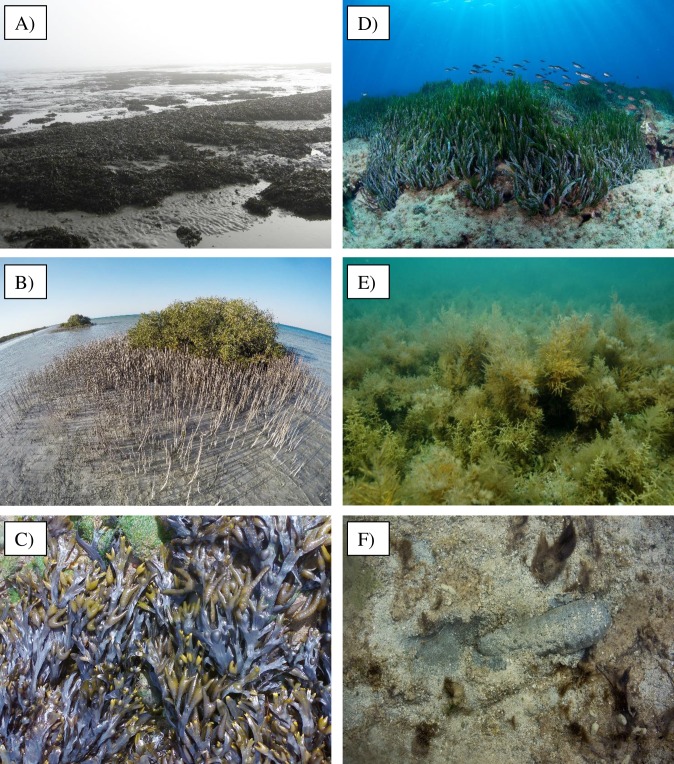Fig 1. Habitat-formers in intertidal and subtidal environments.
(A) Clumps of the mussel Mytilus edulis on a tidal flat in the Wadden Sea, the Netherlands (Photo credit: B.K.E. Eriksson); (B) mangrove trees of the species Avicennia marina along the central coasts of the Red Sea (Photo credit: T. Dailianis); (C) fronds of the brown seaweed Fucus vesiculosus at low tide on a rocky shore of the Iberian Peninsula (Photo credit: E. Serrão); (D) the seagrass Posidonia oceanica in shallow waters of Crete in the Aegean Sea (Photo credit: T. Dailianis); (E) multi-specific canopy stands formed by the brown seaweeds Cystoseira barbata, C. compressa, and C. crinita on shallow rocky reefs of Croatia in the northeast Adriatic Sea (Photo credit: L. Iveša); (F) burrowing by the sea cucumber Holothuria scabra exposes anoxic sediments on a reef flat in Fiji (Photo credit: S. Lee).

